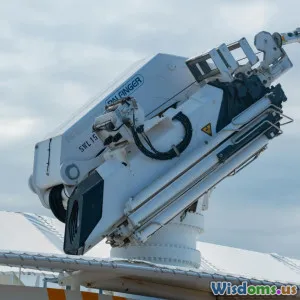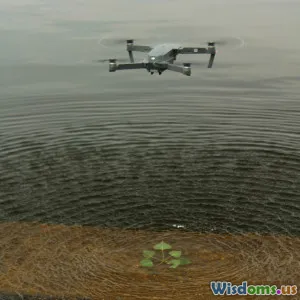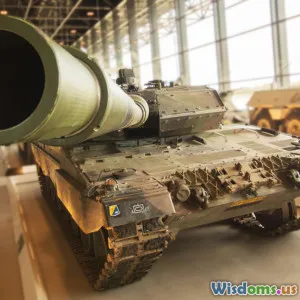
Understanding Hypersonic Weapons
6 min read Explore the cutting-edge technology behind hypersonic weapons and their impact on modern warfare. (0 Reviews)
Understanding Hypersonic Weapons
In recent years, the landscape of military technology has shifted dramatically, with hypersonic weapons emerging as a key player in modern warfare. These advanced weapons are capable of traveling at speeds exceeding Mach 5, or five times the speed of sound, making them incredibly difficult to detect and intercept. In this article, we will explore the mechanics behind hypersonic weapons, their strategic implications, and their potential to reshape future conflicts.
What Are Hypersonic Weapons?
Hypersonic weapons can be broadly categorized into two types: hypersonic glide vehicles (HGVs) and hypersonic cruise missiles (HCMs). Both categories utilize advanced propulsion systems and aerodynamic designs to achieve their unprecedented speeds.
-
Hypersonic Glide Vehicles (HGVs): These weapons are launched from a rocket and glide through the atmosphere at hypersonic speeds. They can maneuver mid-flight, making them hard to predict and intercept. An example of an HGV is the Russian Avangard, which is designed to carry nuclear warheads and evade missile defenses.
-
Hypersonic Cruise Missiles (HCMs): These missiles are powered by advanced engines, such as scramjets, which allow them to sustain hypersonic speeds throughout their flight. The U.S. Navy's Conventional Prompt Strike weapon is an example of an HCM that aims to strike targets quickly and accurately.
The Technology Behind Hypersonic Weapons
Hypersonic weapons rely on cutting-edge technologies that push the boundaries of current aerospace engineering. Key components include:
- Advanced Propulsion Systems: Scramjets are a significant technological advancement, allowing air to flow through the engine without slowing down. This enables sustained hypersonic speeds.
- Aerodynamic Design: The shape of hypersonic weapons is crucial for stability and control at high speeds. Engineers focus on minimizing drag and maximizing lift.
- Materials: The extreme heat generated during hypersonic flight necessitates the use of advanced materials that can withstand high temperatures and stresses, such as carbon composites and specialized alloys.
Strategic Implications of Hypersonic Weapons
The introduction of hypersonic weapons has significant implications for global military strategy:
-
Deterrence: Countries with hypersonic capabilities may enhance their deterrence posture by posing a credible threat to adversaries. The speed and maneuverability of these weapons make traditional missile defense systems less effective.
-
Rapid Response: Hypersonic weapons can strike targets in a matter of minutes, providing military forces with a rapid response option. This capability is particularly valuable in time-sensitive situations, such as responding to emerging threats.
-
Arms Race Dynamics: The development of hypersonic weapons has led to increased competition between global powers, particularly the United States, Russia, and China. This arms race raises concerns about stability and the potential for miscalculations in a conflict setting.
Challenges and Countermeasures
While hypersonic weapons represent a leap in military technology, they also present challenges:
- Detection and Tracking: The speed and maneuverability of hypersonic weapons make them difficult to track using existing radar systems. This presents a challenge for missile defense strategies.
- Cost and Complexity: Developing and deploying hypersonic weapons is expensive and technically complex, which may limit their proliferation.
- Strategic Stability: The emergence of hypersonic weapons may lead to an escalation of tensions and an increased likelihood of conflict if nations feel threatened by each other's capabilities.
The Future of Hypersonic Weapons
As research and development in hypersonic technology continue, we can expect further advancements that may change the dynamics of warfare. These weapons could transform not just military strategy but also international relations. The ongoing dialogue about arms control and the regulation of hypersonic technology will be critical in shaping future norms and stability in global security.
Conclusion
Hypersonic weapons are at the forefront of military technology, offering unprecedented speed and maneuverability. Their potential to alter the landscape of warfare is vast, but they also present new challenges for global security. Understanding these weapons is crucial for policymakers, military strategists, and the public as we navigate an increasingly complex world of defense technology.
Rate the Post
User Reviews
Popular Posts

















